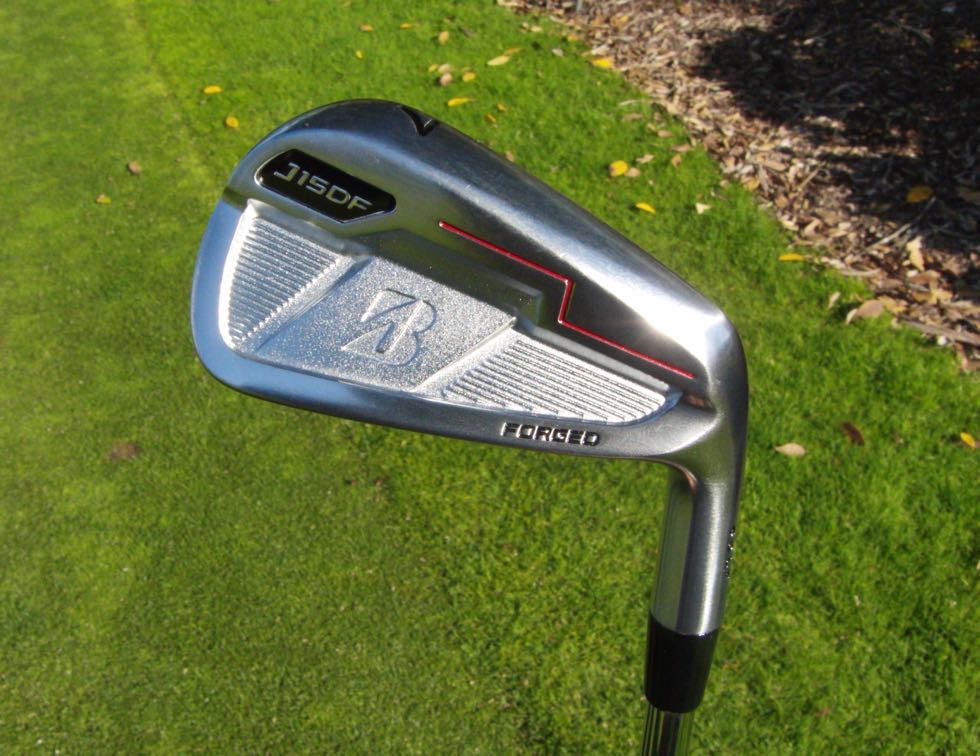 It’s been some four years since Bridgestone released the J40 line of irons. I had always admired the good looks of the J40 Cavity Backs. So when I heard that Bridgestone had a new line out, I had to take a look.
It’s been some four years since Bridgestone released the J40 line of irons. I had always admired the good looks of the J40 Cavity Backs. So when I heard that Bridgestone had a new line out, I had to take a look.
With Bridgestone and Tourstage, the company has owned two of the most popular brands in Japan for some time. In the U.S. Bridgestone sells a lot of golf balls, but you can hang out at a bag drop for the better part of a morning before a set of Bridgestones comes through. Maybe that should change.
Bridgestone’s 2015 product line is their most extensive for the U.S. market in some time. (The entire J40 line featured just a Cavity Back set, a Dual Cavity Back set, and a Combo set that mixed the two. The J15 lineup includes, from most workable to most forgiving, the J15 Muscle Back, J15 Cavity Back, J15 Driving Forged (J15DF), J15 Dual Pocket Forged, and J15 Cast.
I typically play cavity-back irons on the more workable end of the spectrum (though I suffer from that choice at times). So initially it was the J15CBs that caught my eye with their sleek lines and no frills good looks. Not to mention that when I heard the words “dual forged” I pictured those older hollow-bodied, thick-soled driving irons that came out about a decade ago. But as I learned more about the Driving Forged irons, I became quite interested in finding out how they perform.
And then I saw them.
Esthetics
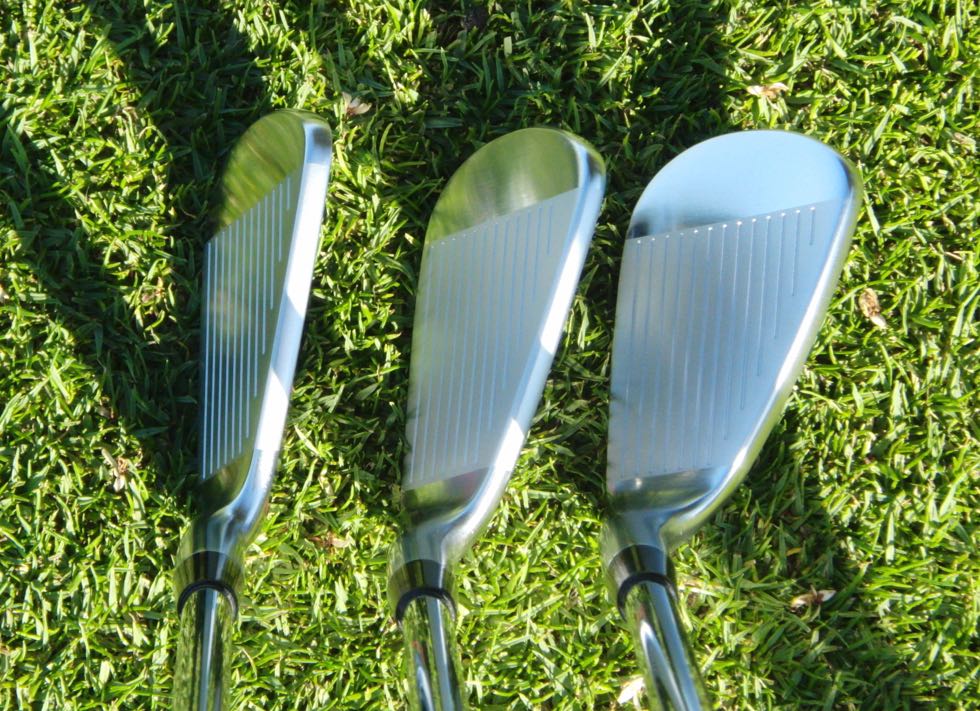
I was surprised at how compact the heads are compared to my vision of what a “hidden cavity dual forged” iron would look like. On the contrary, the J15DF do not resemble a hybrid iron, they look like something the club champ might have in his bag.
At first glance, you probably wouldn’t expect to get a whole lot of help from these clubheads, but you’d be wrong. You see, there’s quite a bit of technology at work in the J15DFs, but they hide it well.
At address, the Bridgestones look like better player clubs. There’s a little more offset than I’ve been used to, but it didn’t even register until I read the specs. (The J15CBs have the same amount.) The top line, while not a butter knife, is on the thin side for a technology-packed cavity back, especially when you consider that this is a two-piece forging with a hidden cavity behind the face. While you won’t confuse the top line for that of blade, they are also clearly not game improvement irons. Overall, the dimensions of the J15DFs are nearly identical to my current set of “better-player” cavity backs. “Compact” is definitely the word to describe these heads.
Since the cavity is hidden inside, the back of the J15DF resembles a half muscle, half cavity. It’s all business. You won’t detect a great deal of helpful technology (that’s well disguised), nor will you be troubled by garish badges or other overdone flourishes. Two stamps with paint fill – “J15DF” adorning the toe and “Forged” near the heel – join a bare metal Bridgestone logo and a sort of lightning bolt thingie on the back of the club. All in all, it’s an attractive package
The entire J15 line of irons comes standard with a bright gold Golf Pride grip. This might be a little much for some, but I found myself liking them. My single least favorite aesthetic feature of these clubs is the font that the designers chose for the iron number. It looks just a little too NASCAR, but then again these are Bridgestones. Trust me, I got over that detail pretty quickly.
Technology and Design
As stated above, the J15DFs hide their technology well, but it’s there. The “DF” in J15DF stands for “driving forged.” While I’m not totally sure what that means, it does make these sound like driving irons. They aren’t, but they do share some technology with those bulkier designs. They are dual forged, for instance, meaning that the front and rear of the club head are forged separately and joined later. That’s important, because it allows for the creation of a hidden cavity behind the carbon steel club face that allows weight to be distributed to the perimeter for forgiveness and enhanced feel at impact. That’s straight forward enough.
Bridgestone also claims that this cavity provides something that it calls Flex Action Speed Technology (which would be “FAST,” I suppose). This sounds a lot like what has been done in woods to create a greater trampoline effect. Indeed, Bridgestone claims it creates increased “ball repulsion and distance.” We’ll check on that a little later in the review.
The J15DFs sport a “Mid-Round Sure Contact Sole,” which Bridgestone claims helps ensure consistent contact and turf interaction. Based on a close examination of the sole, this technology appears to be a specific combination of bounce and camber of the sole. There is relief in both the front and rear of the club, which should encourage the club to move through impact in a variety of turf conditions without undue digging, as well as allowing for a bit more versatility in shot making particularly around the greens.
These aren’t your father’s lofts. Like almost every other manufacturer, Bridgestone has been tweaking the lofts of its irons. With the higher launch of today’s clubs, brands can make the lofts stronger to increase distance.
Club Loft Lie Length Swingweight Offset Bounce ---- ---- --- ------ ----------- ------ ------ 3I 20° 60.5° 39" D3 3.5mm 2° 4I 22.5° 61.0° 38.5" D3 3.5mm 2° 5I 25° 61.5° 38" D3 3.0mm 2° 6I 28° 62.0° 37.5" D3 3.0mm 3° 7I 32° 62.5° 37" D3 3.0mm 3° 8I 36° 63.0° 36.5" D3 2.5mm 4° 9I 41° 63.5° 36" D3 2.5mm 5° PW 46° 64.0° 35.75" D3 2.5mm 6°
So, in the Bridgestones, while the pitching wedge is 46 degrees just like my more traditional 2008 AP2 PW, from there the lofts get a little stronger on each club than the corresponding Titleists. The 5-irons in each set are 25° in the J15DF and 27° in the Titleist, making the Bridgestone five effectively a weak four by comparison.
The J15DFs come standard with True Temper DG Pro shafts. Mine were S300. The most noticeable difference between the Pros and the tried-and-true Dynamic Golds is a double-step pattern in the Pros designed to give the long irons a higher launch and the scoring clubs a more piercing trajectory.
A new set of Bridgestone J15DF will set you back $880 for 4-PW, a good price for forged irons today. A 3-iron is available, as well. Lefties will have to look to the J15CBs, as the DF’s are right hand only.
Performance
Let’s cut to the chase, I love how these clubs play. When they arrived, I put them in the bag for the practice round of a member-guest expecting to go back to my regular set before the money rounds began. But after that round I found that I really didn’t want or need to.
It becomes very clear right away that these are forged irons. Center strikes produce a solid, sweet sensation that reverberates in the loins and makes you long for more.
Less than perfect contact, while lacking such a moment of zen, will let you know exactly where on the face the club struck the ball, which is useful information. It’s not a harsh feel, unless you really miss one, but it does let you know that you failed to attain perfection.
The only adjustment that I had to make was to allow for longer shots. There’s definitely something to that hidden cavity behind the face (and the strengthened lofts). As verified through Game Golf, I’m getting about five yards more on average with the Bridgestone pitching wedge and about 12 more with the 4 and 5 irons. That is good stuff.
I believe the DG Pro shafts also figure into the distance particularly in the long irons. That higher launch in the 4-5 irons equates to more air time, which means more ground covered as long as the shot doesn’t balloon out and rob the forward motion. That has not been a problem with the J15DFs.
The J15DFs don’t just excel in distance, they are also surprisingly easy to hit. Once again, that hidden cavity and the weight it allows Bridgestone to move to the perimeter are at play here. On full swings, launch high and the ball just keeps going and going.
Rest assured when you want to move the ball left or right, these sticks take direction well. I was able to move them left or right pretty easily, though they do excel at straight. They will also launch one sky high when you need or keep the ball down when you need to punch it under tree branches, something I’ve been quite familiar with this summer since my driver has been a bit unpredictable.
I expect “players” clubs to do all these things and the Bridgestones don’t disappoint. But what I’m most impressed with is that the J15DFs don’t demand to be hit all that well. Reasonably good contact is rewarded more than it deserves. There’s surprisingly little distance loss on off center contact, particularly off the toe. And I was able to play several rounds (I wish I were kidding) routinely hitting decent shots a groove (or three) low. Thin to win!
The forgiveness offered by the J15DFs is surprising in a workable iron. That’s something I really appreciated, as I’m going through some swing changes this summer. A high percentage of what might be fatal misses with other irons in this class, fly almost the same yardage of well struck balls. This leads me to believe that the hidden cavity in these irons produces one huge sweetspot. As long as the face was reasonably square at impact, and my swing was in the vicinity of what it should be, these irons were very forgiving of off-center contact (especially for a workable iron).
Conclusion
Why Bridgestone doesn’t market its clubs as heavily as its golf balls is difficult to understand. These are outstanding irons, easily the equals (or betters) of more popular irons in their class.
The J15DFs provide forged feel with far more forgiveness than I’d expect in a club that looks, feels, and performs like a better player iron. While you do trade some workability for the forgiveness offered in these irons, they still maneuver the ball easily when you neeed. The rest of time, players will benefit from the relatively undemanding nature of the Bridgestones, which are perfectly happy delivering high straight shots.
The long irons are among the best I’ve played, launching high and flying far. The mid irons are strong and trustworthy. The short irons point and shoot. I’ve played clubs that provided a little tighter dispersion on good swings (and vice versa on not-so-good swings), but the total package here is hard to fault.
The majority of us who are looking for a playable iron with some forgiveness would be well served by the Bridgestone J15DFs. They provide a very useful blend of feel, forgiveness, and workability that should help maximize your game.

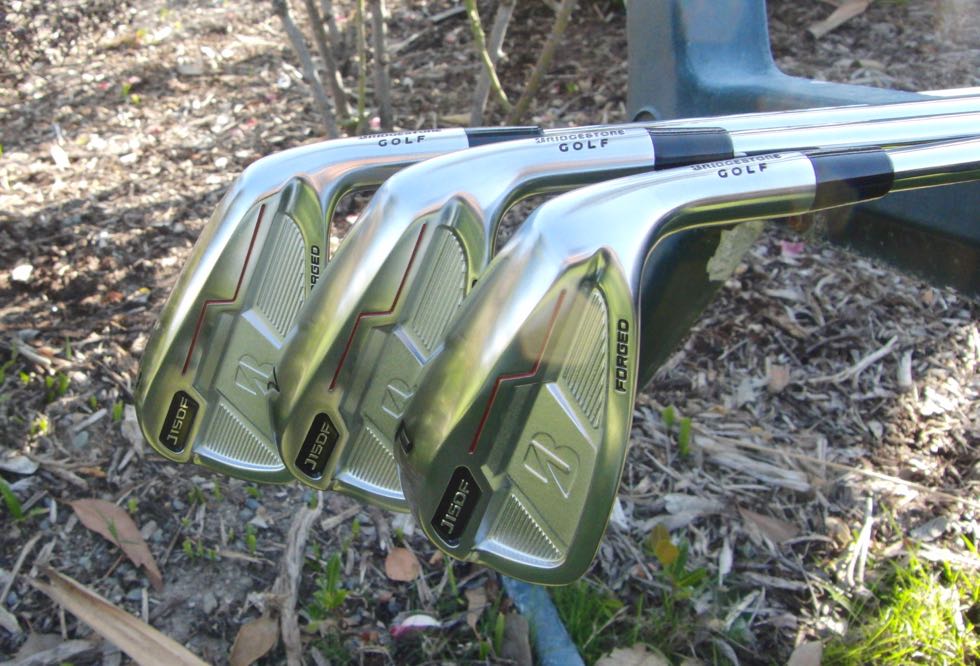
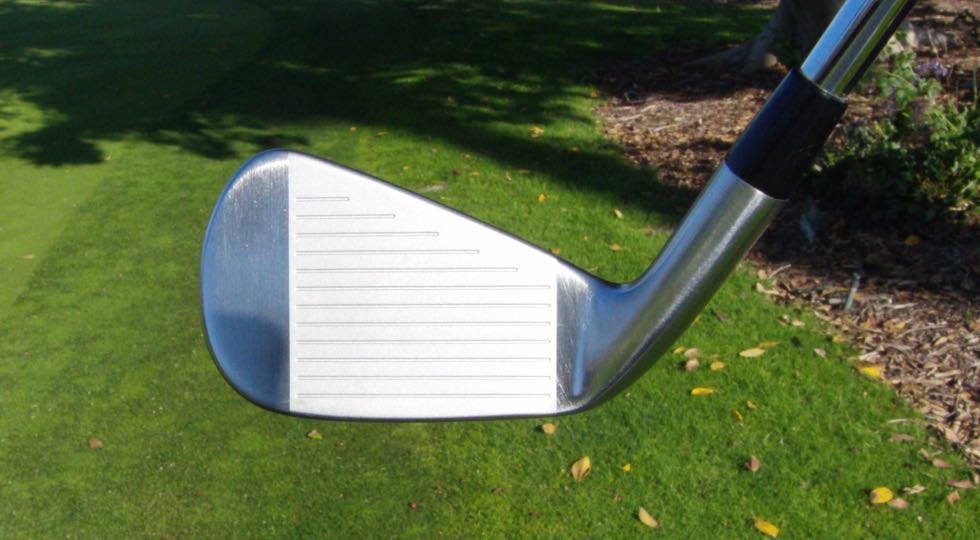
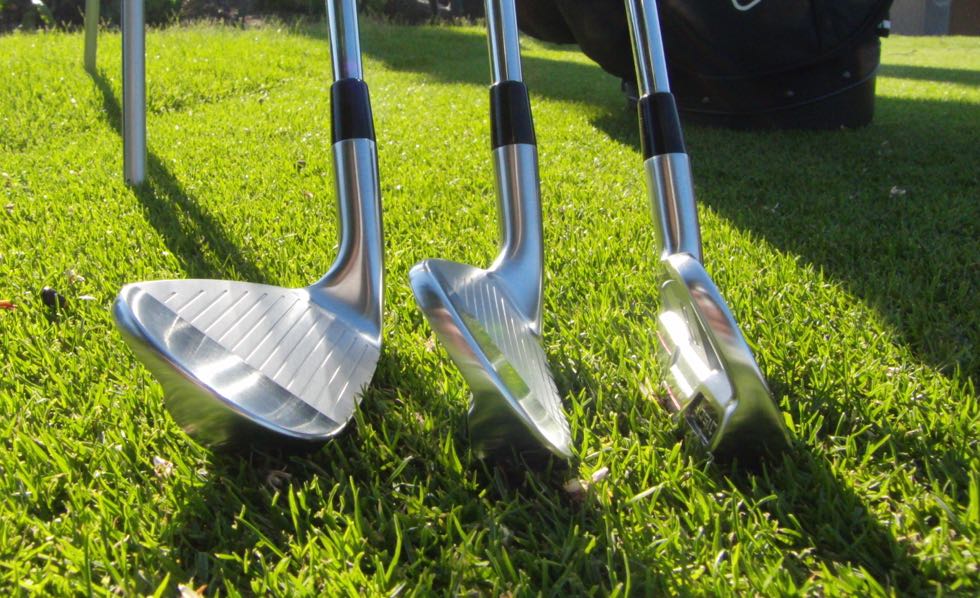
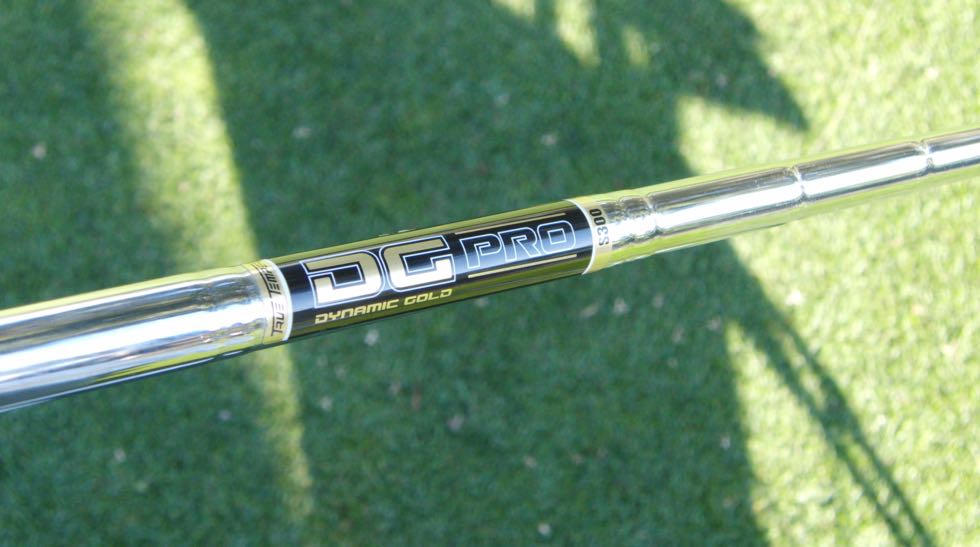
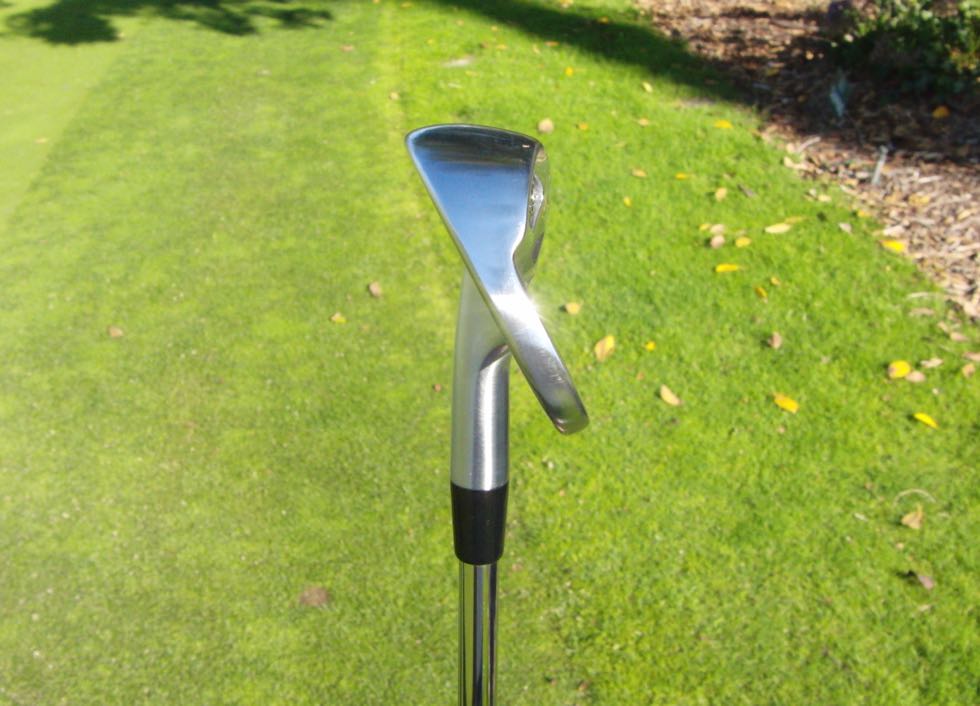
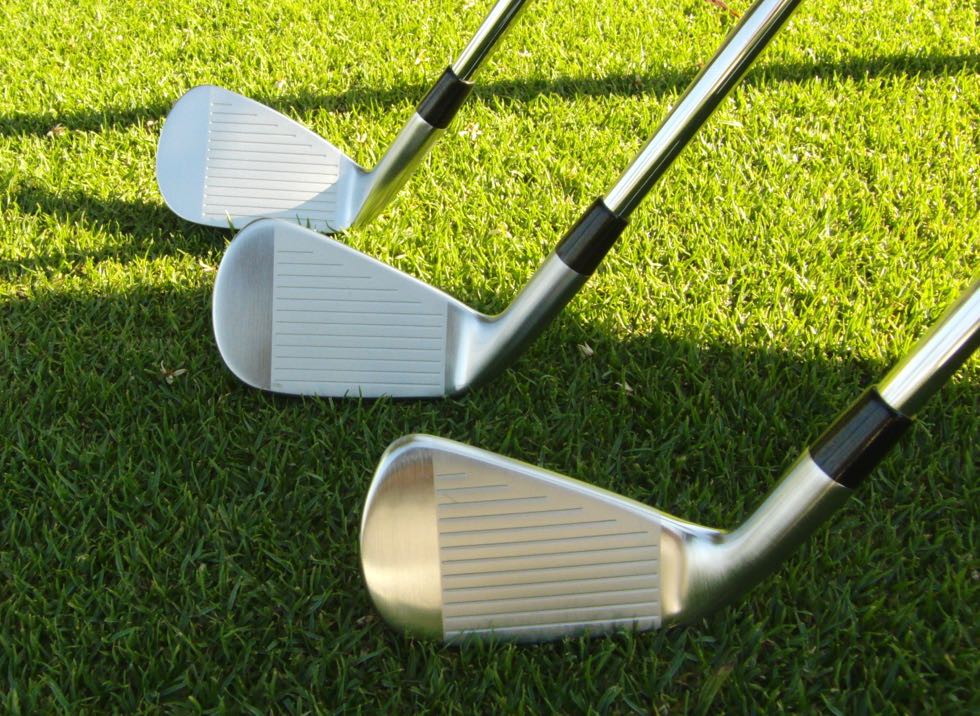
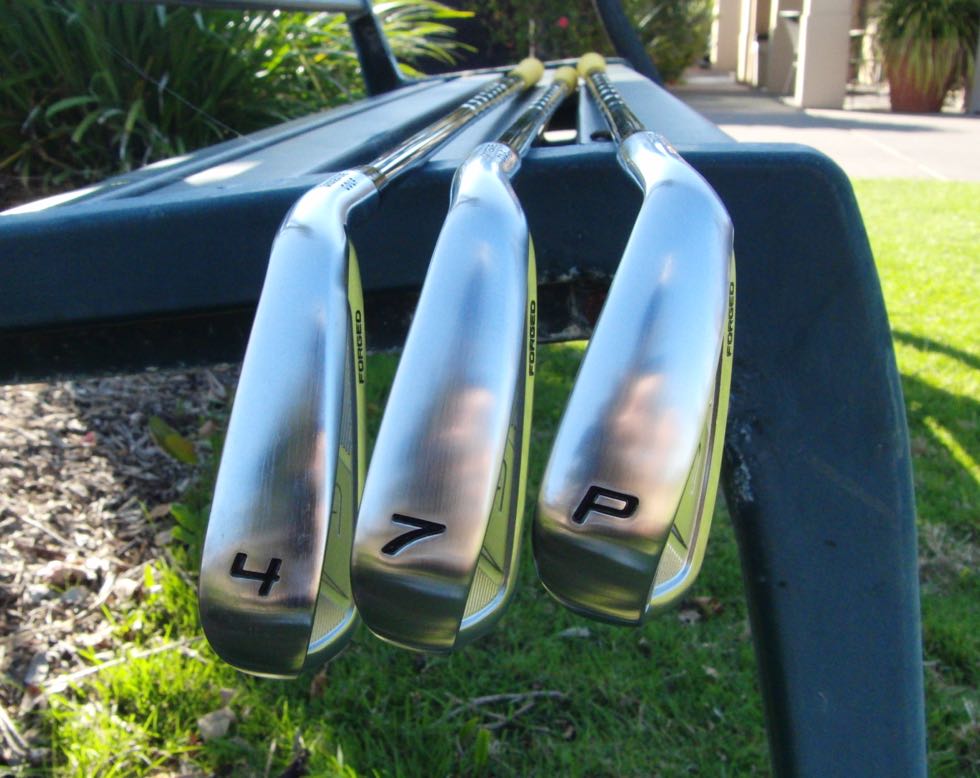
I currently play Razr X MB (and have no business doing so!). I always thought that if I were to get away from muscle backs I would do the Apex Pro. After hitting these J15DF I would have a really hard time deciding if I went that route. Only thing is these are a touch on the long side relative to blade length and I’m surprised to hear nobody mention that in al the reviews I have read. As well, the gap relative to degrees starting at 2.5 and increasing to 5 is new to me but I guess bending them would be an easy fix. I also have to say the J15 muscle back are gorgeous and I would consider those too as they felt great!
Nice review George. Sharp looking irons!